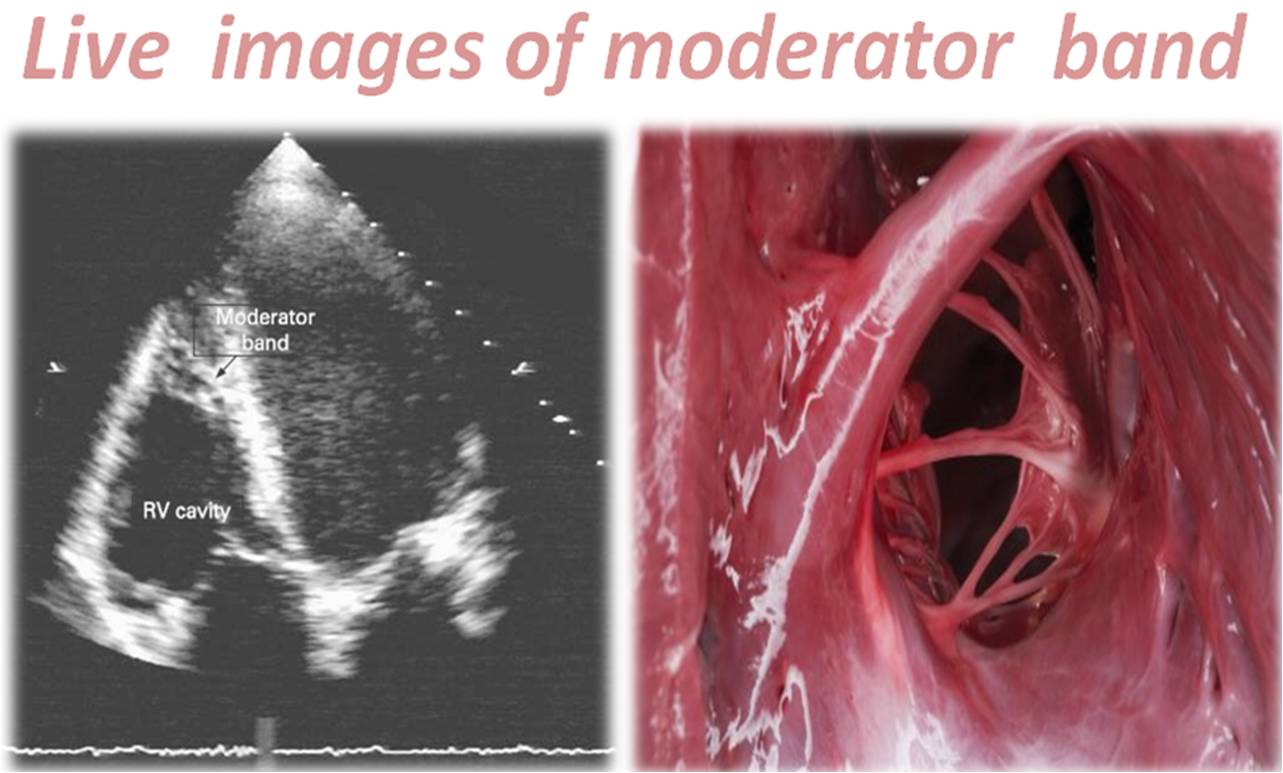

If the potential following the isoelectric period (pulmonary vein potential) disappears or is 'sucked in' to the pacing spike, then one is capturing the pulmonary vein potential, and, therefore, the catheter is in the pulmonary vein and energy should not be delivered. When determination is difficult because of prior ablation and it is not clear which signal is near-field, the proceduralist can pace from the distal electrode. It follows, therefore, that if such a signal is seen on the ablation catheter, energy should not be delivered but rather the catheter pulled back until the left atrial signal is near-field and the pulmonary vein potential either not seen or appears small and far-field in nature. This classic electrogram is seen when the mapping electrode is within the pulmonary vein. The characteristic pulmonary vein potential consists of an early far-field left atrial signal followed by an isoelectric period and then followed by the sharp near-field like pulmonary vein potential. CS - coronary sinus HBE - His bundle recorded catheter HRA - right atrial catheter RV - right ventricular catheter V1 and II - electrocardiographic leads. Coronary sinus pacing is being performed. If an ablation catheter shows such a signal, then it is likely located inside the pulmonary vein. Note the far-field atrial signals, isoelectric period, and the sharp near-field pulmonary vein potentials. The lasso, a circumferential mapping catheter, has been placed into the vein. Intracardiac electrograms obtained from a left-sided pulmonary vein. However, the presence of cloaca, common ostia for multiple veins, and funnel-shaped pulmonary veins make this an inexact method of defining the ostium. What information is helpful in trying to make this anatomic decision - where is the pulmonary vein ostium? As a generalization with CT merged data or intracardiac ultrasound, there often appears to be a transition between the cylindrical pulmonary veins and the more globoid left atrium ( Figure 5). In other words, none of these modalities can tell the interventionalist where the ostium is, but on the contrary, it is the electrophysiologist who must tell the mapping system where the ostium is located. Thus, since even an anatomist cannot discern where the ostium of the pulmonary vein is, the proceduralist should always temper any information provided from advances in technology including merging of CT data or echocardiographic data to electroanatomic maps, etc. Arrow points to pulmonary vein stenotic areas.Īnatomically, there is no specific structure that defines the pulmonary vein ostium (there are no valves or ridges, etc.). Pulmonary vein stenosis will not result if ablation delivery is kept proximal to the pulmonary vein ostium. The lower images represent three-dimensional reconstructions. Note the abrupt stenosis just into the pulmonary vein. However, when the circuit can be proven to traverse through any two electrically inert structures, ablation can be done across that structure and bidirectional block used as an endpoint for the ablation line.Ĭomputerized-tomographic images illustrating pulmonary vein stenosis. An important lesson from the anatomy of the CVTI-dependent flutter circuit is that a slow zone as such may not necessarily be found. When approaching an atypical flutter, electrophysiologists generally use a combination of entrainment and activation mapping to identify the critical or slow zone of the circuit and ablate at that site.
#Right ventricle ablation flutter Patch#
The isthmus, however, may be transected by placement of a patch or conduit, and in some instances, the isthmus may be between the mitral annulus and the IVC (for example, in patients with cc-TGA - congenitally corrected transposition of the great vessels). The ability to correlate anatomic lessons that underlie difficult CVTI ablation can be useful in atypical situations.ĬVTI-dependent flutter is one of the most common macroreentrant tachycardias that occur in patients with congenital heart disease following surgery.

Atypical Flutter and Atypical Situations Where CVTI-Dependent Flutter Occurs


 0 kommentar(er)
0 kommentar(er)
